This article is reviewed by an expert

Millet is one of the oldest cultivated grains in the world and has been a staple food in many regions, especially in Africa and Asia. It actually refers to a variety of small-seeded grasses rather than millet plants and they are widely grown around the world today as cereal crops or grains. Some of the most common types of millet in India include Sorghum or Jowar, Pearl Millet or Bajra, Finger Millet or Ragi, and others like Foxtail Millet or Kakun and Kodo. No matter the type of millet, it is gluten-free and rich in protein, fiber, vitamins, and minerals. This nutritional complexity and the absence of gluten have made it popular as a healthy food and also a healthy grain alternative for people with gluten sensitivity.
Millet Nutrition Profile
Cooked millet is nutritionally dense and low in calories, with a single serving of 1 cup measuring about 175 grams containing just 207 calories. Keep in mind that as there are various types of millet, nutrition, and caloric content can vary slightly. On average, however, a cup of cooked millet will contain 1:
| Nutrition | Daily Requirement |
| Carbs | 41 grams |
| Fibre | 2.2 grams |
| Protein | 6 grams |
| Fat | 1.7 grams |
| Phosphorus | 25% daily requirement |
| Magnesium | 19% daily requirement |
| Folate | 8% daily requirement |
| Iron | 6% daily requirement |
| Zinc | 6% daily requirement |
Millet also contains other B vitamins, such as niacin, thiamine, riboflavin, and pantothenic acid, as well as trace minerals, such as copper, manganese, and selenium.
Health Benefits Of Millet
Millet nutrition is complex and makes it one of the healthiest and most inexpensive foods. Some of the notable millet food benefits include the following.
- Lower Risk Of Chronic Diseases
Primary Benefits: One of the main millet benefits is that it is rich in antioxidants, especially phenolic compounds, such as ferulic acid and catechins. These molecules act as antioxidants to protect the body from harmful oxidative stress and inflammation, which can cause various chronic diseases, such as cancer, diabetes, and cardiovascular disease 2.
- Better Protection From Infections
Secondary Benefits: Antioxidants also help boost the immune system and prevent infections. Millet, especially the darker varieties, is also a good source of beta-carotene, which is a natural pigment that acts as both an antioxidant and as a precursor to vitamin A. Vitamin A is essential for strong immune function. 3
- Better Gut Health
Secondary Benefits: A third health benefit of millet is that it is rich in dietary fiber, both soluble and insoluble. The insoluble fiber in millet is known as a prebiotic, which means that it supports good bacteria in the digestive system 5. This can help improve digestive health and prevent constipation, diarrhea, and irritable bowel syndrome.
- Diabetes-Friendly
Primary Benefits: Millet is low in simple carbohydrates and high in complex carbohydrates, making it a low-glycemic food 4. This means that millet takes longer to digest than standard wheat flour and does not cause rapid spikes in blood sugar levels after eating. This can help people with diabetes to manage their blood sugar levels more easily and prevent complications.
- Heart Healthy
Primary Benefits: The soluble fiber in millet can help lower cholesterol levels by binding to cholesterol in the stomach and carrying it out of the body. This can reduce the risk of atherosclerosis, which is the build-up of plaque in the arteries that can lead to heart attack or stroke. Some studies show that millet can also raise the levels of good cholesterol and lower triglycerides, which are another type of fat in the blood 6.
How To Add Millet To Your Diet
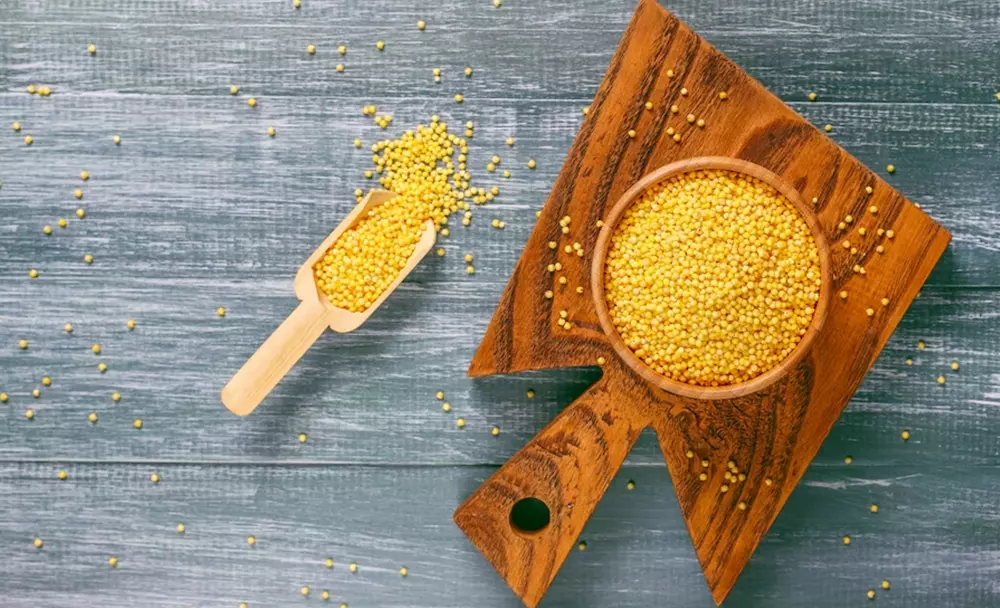
Millet can be used in various ways in your diet, such as:
- Cooked as a porridge or breakfast cereal
- Ground into flour and used for baking bread, cakes, muffins, etc.
- Popped like popcorn and eaten as a snack
- Added to salads, soups, stews, or casseroles
- Cooked as a pilaf or risotto with vegetables and spices
- Sprouted and eaten raw or cooked
Conclusion
Millet is a nutritious and versatile grain that is widely cultivated in India, making millet benefits affordable and accessible to all. It is one of the easiest and cheapest ways to modify your diet to improve your health.
Disclaimer: This article is written from a health and lifestyle perspective.
References:
- https://fdc.nal.usda.gov/fdc-app.html#/food-details/168871/nutrients
- https://www.ncbi.nlm.nih.gov/pmc/articles/PMC4033754/
- https://www.translationalres.com/article/S0022-2143(97)90179-7/pdf
- https://www.frontiersin.org/articles/10.3389/fnut.2021.687428/full
- https://www.ncbi.nlm.nih.gov/pmc/articles/PMC8084169/
- https://pubmed.ncbi.nlm.nih.gov/8886333/








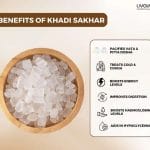





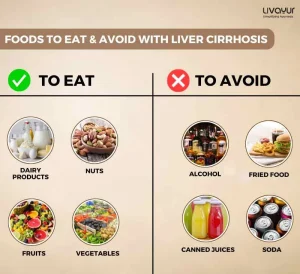
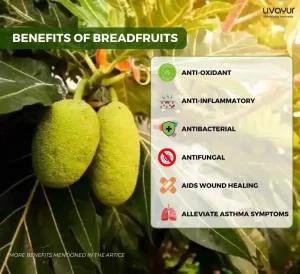
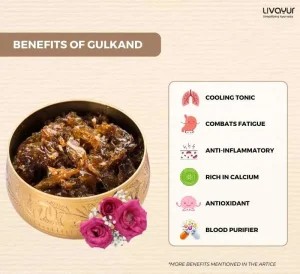
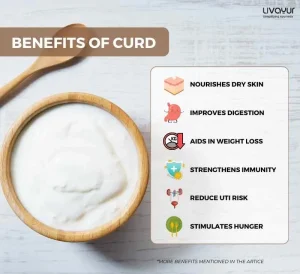







1 Comments
Comments are closed.